How to Travel From Kyoto to Tokyo via Train? Guide for Indian Tourists
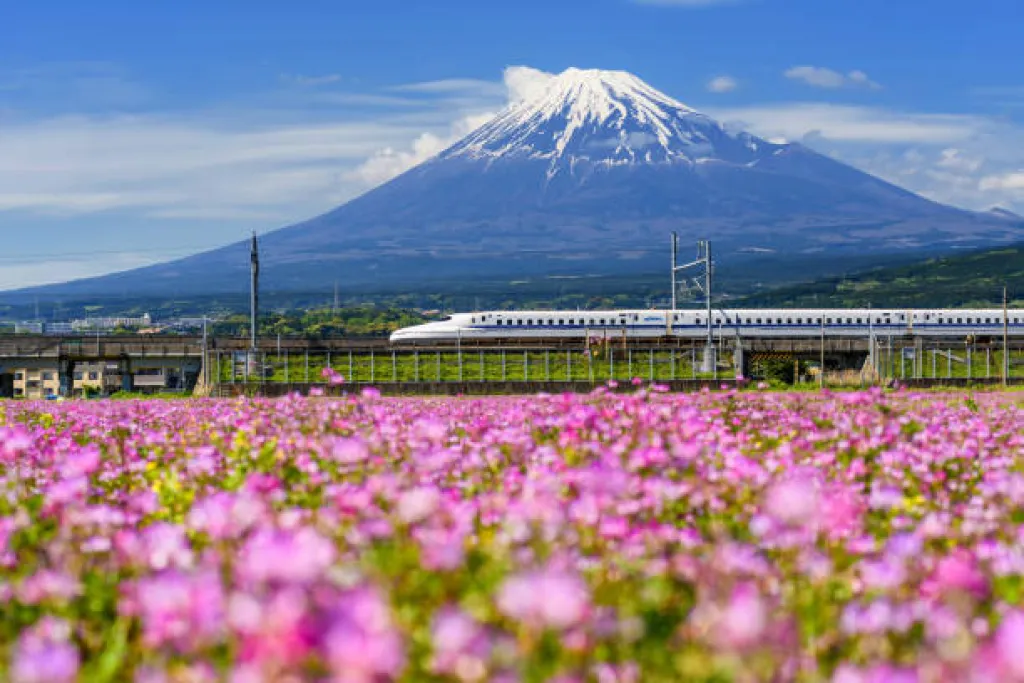
Japan’s rail network is often described as one of the most efficient in the world, making the journey from Kyoto to Tokyo an experience in itself.
For Indian tourists eager to explore the historical charm of Kyoto and the futuristic marvels of Tokyo, taking the train rides is the most convenient, scenic, and time-saving option.
Whether you prefer the thrill of a high-speed Shinkansen ride or a more budget-friendly alternative, this guide will help you navigate your way smoothly from Kyoto to Tokyo.
1. The Fastest Way: Shinkansen (Bullet Train)
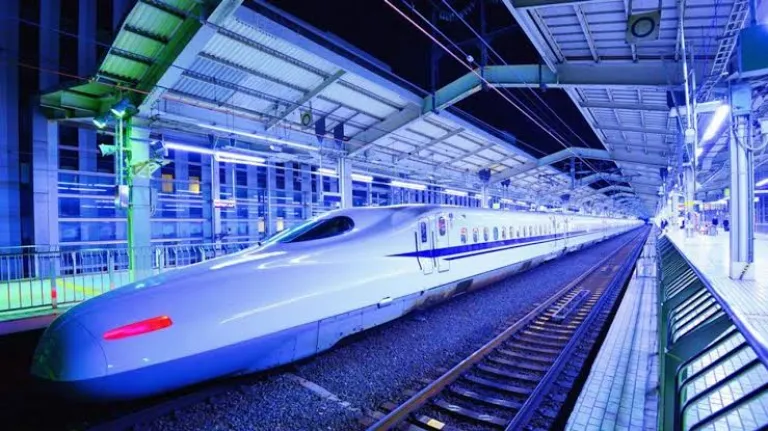 For those who want to reach Tokyo swiftly and comfortably, the Shinkansen, or bullet train, is the best option.
For those who want to reach Tokyo swiftly and comfortably, the Shinkansen, or bullet train, is the best option.
Covering nearly 450 kilometers in just over two hours, this engineering marvel offers not just speed but also a level of efficiency and precision that is uniquely Japanese.
Types of Shinkansen and Travel Duration
There are three types of Shinkansen that operate between Kyoto and Tokyo, each with varying speeds and stops:
Nozomi Shinkansen – The fastest option, taking approximately 2 hours and 15 minutes.
Hikari Shinkansen – Slightly slower but covered under the Japan Rail Pass, taking around 2 hours and 40 minutes.
Kodama Shinkansen – The slowest, stopping at almost every station along the route and taking approximately 3 hours and 50 minutes.
Indian tourists using the Japan Rail Pass should note that Nozomi Shinkansen is not covered under the pass, but Hikari and Kodama are.
Ticket Prices and Booking Options
A journey on the Shinkansen comes at a price, but it is worth every yen for the speed and comfort it offers.
Nozomi Shinkansen: Starts at ¥13,970 (approximately ₹8,000-₹9,000) for an unreserved seat.
Hikari and Kodama Shinkansen: The same price but covered under the Japan Rail Pass.
Tickets can be purchased in multiple ways:
JR Ticket Offices at Kyoto Station
Automatic Ticket Machines (which offer English language support)
Online booking through the official JR website
Boarding the Shinkansen from Kyoto
Arrive at Kyoto Station well in advance to navigate the vast and busy station.
Check the departure boards to confirm your train number, departure platform, and seat details.
Shinkansen trains are known for their punctuality, so be at the platform at least 10 minutes before departure.
Keep your ticket ready for scanning at the entry and exit gates.
For those traveling with heavy luggage, reserved seats offer extra space, and designated storage areas are available at the end of each coach.
Also read: Tokyo Sightseeing Essentials: Must-Visit Attractions for First-Time Explorers
2. Budget-Friendly Alternatives
 Not everyone wants to splurge on a high-speed train, and fortunately, Japan offers other economical travel options.
Not everyone wants to splurge on a high-speed train, and fortunately, Japan offers other economical travel options.
Regular JR Trains (Cheaper but Slower)
For travelers who prefer a more scenic and cost-effective journey, regular JR trains are an option. However, be prepared for a longer journey, as this route involves multiple train changes.
Duration: Approximately 9-10 hours
Cost: Around ¥8,000 (₹4,500-₹5,500)
Route: Kyoto → Nagoya → Tokyo using local and express trains
This option is ideal for those who want to experience the Japanese countryside while traveling at a leisurely pace.
Overnight Highway Buses
If time is not a constraint and you want to save money on transportation and accommodation, overnight highway buses are a great alternative.
Duration: 7-9 hours
Cost: Between ¥3,000 and ¥7,000 (₹1,700-₹4,000), depending on the level of comfort
Features: Reclining seats, blankets, charging ports, and sometimes even Wi-Fi
Booking: Tickets can be reserved through Willer Express, JR Bus, or online platforms like Klook
An overnight bus not only saves money but also allows you to wake up in Tokyo refreshed and ready for your next adventure.
3. Should Indian Tourists Buy the Japan Rail Pass?
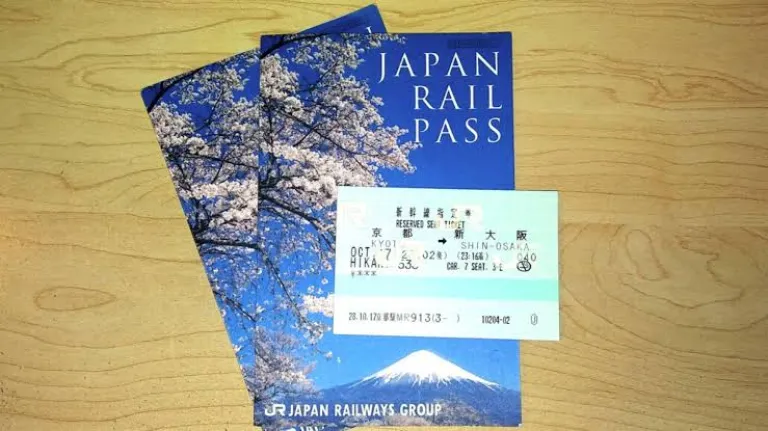 If you plan to explore multiple cities beyond Kyoto and Tokyo, investing in the Japan Rail Pass can be a cost-effective choice.
If you plan to explore multiple cities beyond Kyoto and Tokyo, investing in the Japan Rail Pass can be a cost-effective choice.
7-day pass: ¥50,000 (approximately ₹29,000-₹32,000)
14-day pass: ¥80,000 (approximately ₹45,000-₹50,000)
The pass allows unlimited travel on JR trains, including the Hikari and Kodama Shinkansen, making it ideal for tourists planning to visit places like Osaka, Hiroshima, and Nikko. However, if your itinerary only includes Kyoto and Tokyo, purchasing individual Shinkansen tickets might be a better option.
The pass can be bought online before arriving in Japan or at JR offices within Japan, though it is slightly cheaper when purchased in advance.
4. Essential Travel Tips for Indian Tourists
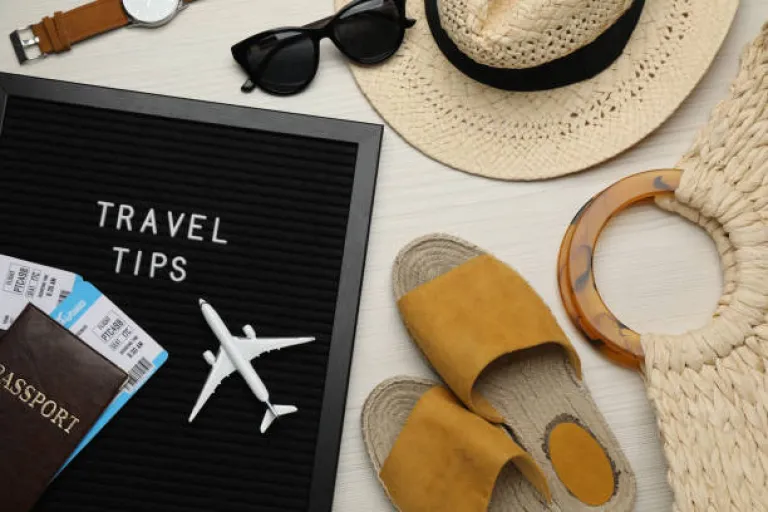
Packing and Food
Kyoto and Tokyo stations have a wide range of food options, including Indian restaurants. For those craving a taste of home, places like Kerala Indian Restaurant in Kyoto and Dhaba India in Tokyo offer authentic Indian cuisine.
Japanese bento boxes, known as Ekiben, are a must-try. These beautifully packed meals are available at train stations and Shinkansen platforms.
While chai lovers may not find their favorite roadside tea stalls, Japanese green tea is widely available and pairs well with a Shinkansen ride.
Luggage Handling
If carrying large suitcases, book a reserved seat for extra space.
Japan’s Takuhaibin (luggage delivery service) allows travelers to send their luggage ahead, ensuring a hassle-free journey.
Navigating Stations
Kyoto and Tokyo stations are massive and can be overwhelming. Arrive at least 30 minutes early to find your way.
English signage is available, and station staff are usually helpful in guiding tourists.
Download Google Maps and Hyperdia for real-time train schedules and route planning.
Also read: How Indian Tourists Can Book a Ride on Kyo-Train Garaku: Japan's Stunning Sightseeing Experience
5. Which is the Best Way to Travel?
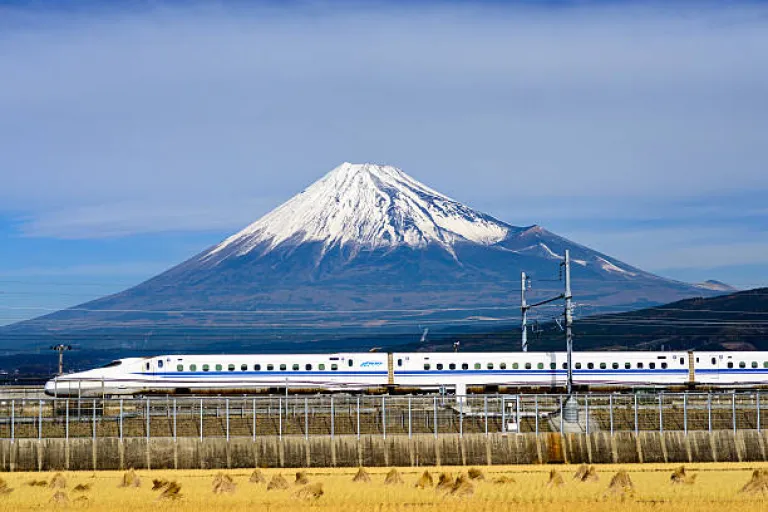 For most Indian tourists, the Shinkansen is the ultimate choice. It is fast, convenient, and an experience in itself.
For most Indian tourists, the Shinkansen is the ultimate choice. It is fast, convenient, and an experience in itself.
However, budget travelers may find overnight buses a more economical alternative. No matter which option you choose, the journey between Kyoto and Tokyo will be an unforgettable part of your Japanese adventure.
So, are you ready to experience the seamless Japanese rail system? Let the journey begin!
Published at
About Author
Prerna Dixit
Subscribe our Newsletter
Get our weekly tips and travel news!
Related Posts
10 amazing hacks for comfortable train journeys in India
Make your Indian train journey comfortable with these 10 hacks: choose the right class, pack essentials, stay hydrated, wear comfy clothing, charge devices, bring entertainment, prioritize safety, book lower berths, use travel apps, and socialize.
10 Amazing New Attractions in Singapore - Indian Travelers Guide 2025
Explore the new yet amazing attractions of Singapore
10 Best Beach Resorts in Karwar Karnataka - 2024
Escape to the tranquil beaches of Karwar, Karnataka, where luxury resorts offer a serene retreat amidst nature's pristine beauty.
10 Best Places to Visit in Mahabalipuram, Tamil Nadu
Explore the 10 Best Places to Visit in Mahabalipuram, Tamil Nadu – where ancient temples, rock-cut sculptures, and serene beaches meet!
10 Best Tourist Attractions in the Philippines for Indians
Plan your next getaway with this guide to the 10 best tourist attractions in the Philippines that Indian travellers will absolutely fall in love with.
Latest Posts
India's First Sunrise Festival Opens at Dong Valley, Arunachal Pradesh
Experience the nation's first rays of 2026 with sacred rituals, treks, and cultural celebrations from December 29 to January 2.
Adventure Tourism in India Grows Over 20% in 2025: Trekking to Skydiving
From Himalayan treks to Swiss alpine kayaking, Indians embrace thrilling experiences across all age groups.
Bengaluru vs Mumbai - Which City Has A Better Night Life?
Bengaluru's chill craft beer vibe or Mumbai's high-energy all-nighters? Find out which city wins the nightlife crown!
India Extends e-Tourist Visa Validity to 4 Months from December 2025
International travelers can now apply 120 days before arrival, making trip planning easier.
What To Try In The Brand New Magnolia Bakery In Gurgaon?
New York’s iconic Magnolia Bakery is now in Gurgaon! Here’s your guide to the best banana pudding, cupcakes, and more.

